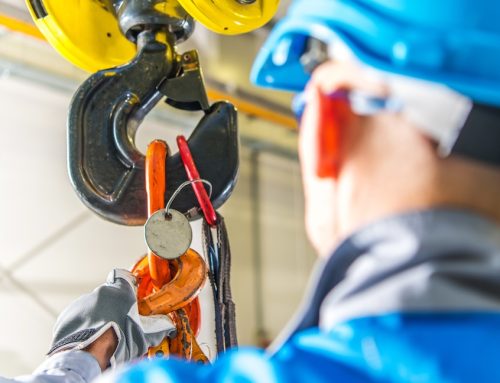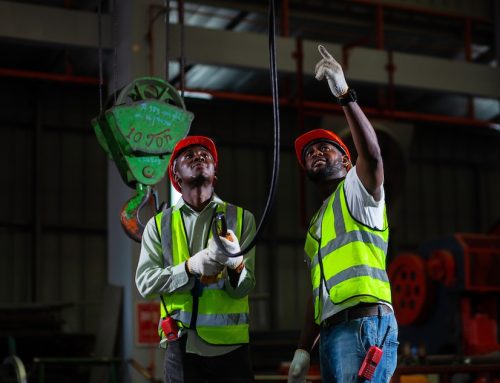The Importance of Rigging Equipment Safety Types
In any industry that involves lifting and relocating heavy equipment, rigging is a critical part of the process. Whether you’re hoisting a turbine, moving a CNC machine, or relocating structural steel, the safety of everyone involved in the operation depends on the equipment used and the procedures followed. That’s where understanding rigging equipment safety types comes in.
This article breaks down the most common types of rigging equipment, their roles in keeping operations safe, and what to look for to ensure every lift is done the right way. If you’re involved in moving heavy machinery or loads, knowing the tools and techniques available is more than just useful—it’s essential.
Why Rigging Equipment Safety Types Matter
Rigging involves lifting and securing heavy loads with ropes, chains, and slings using cranes or other mechanical systems. The right rigging equipment keeps the load stable and the workers safe. The wrong choice—or poorly maintained gear—can result in dropped loads, injuries from falling objects, or equipment failure.
Rigging equipment safety types aren’t just categories—they’re a system for selecting the right gear for the right job based on the load, environment, and type of lift. Understanding this system helps companies stay in line with safety regulations and create a safe working environment.
Core Components of Rigging Equipment
Before diving into different types of rigging equipment, let’s quickly review the basic components that make up a typical rigging operation:
- Slings (wire rope, chain, rope, or web slings)
- Spreader bars or lift beams to balance and distribute weight
- Shackles, hooks, and rings to attach gear
- Personal protective equipment (PPE) to protect workers from hazards
Each piece plays a role in how the load is lifted and balanced. Choosing the right type—and ensuring it’s in good condition—is the foundation of safe rigging.
Common Rigging Equipment Safety Types
1. Wire Rope Slings
Wire rope is one of the most widely used materials in rigging. It’s durable, flexible, and capable of handling high-stress lifts. Wire rope slings come in different configurations, depending on the number of strands and the strength needed. These slings are best for:
- Lifting rugged or sharp-edged materials
- Situations where abrasion resistance is needed
- Long-term outdoor rigging use
Always inspect wire rope slings for broken strands, kinks, or corrosion to ensure they remain in good condition.
2. Web Slings
Made from synthetic materials like nylon or polyester, web slings are lightweight, flexible, and gentle on delicate surfaces. They’re a popular choice when you’re lifting finished machinery or equipment with smooth, painted, or soft surfaces. Best suited for:
- Protecting sensitive finishes
- Lifting lighter loads
- Projects requiring a softer contact point
However, they’re vulnerable to cutting and heat. Regular inspection is key to avoiding damage from sharp edges or heat exposure.
3. Chain Slings
Chain slings are incredibly strong and resistant to high temperatures. They’re often used in steel mills, foundries, and other high-heat or heavy-duty environments. They are ideal when:
- Lifting extremely heavy loads
- Dealing with rugged, hot, or dirty environments
- You need a sling with a long service life
However, chains can be heavy and should always be checked for wear, elongation, or cracks.
4. Rope Slings
Natural or synthetic rope slings are less common in industrial rigging but still have their place. They’re used when flexibility is critical and when the load weight is lower. Some synthetic ropes can also be used for overhead lifting when properly rated.
While they’re flexible and easy to handle, rope slings wear quickly and should be monitored closely.

Spreader Bars and Lift Beams
Both spreader bars and lift beams are used to help control the weight of the load and maintain balance during a lift. They distribute the force of the load across multiple points, which:
- Reduces stress on rigging components
- Prevents tilting or swinging
- Keeps loads steady when lifting long or unevenly shaped equipment
Choosing the right lifting beam depends on load size, shape, and lift configuration. These tools are essential for safe working conditions during any complex rigging task.
Keeping Workers Safe
Safety in rigging doesn’t stop with equipment—it also involves proper procedures and training. Everyone involved in the operation must know how to use the gear correctly and follow all required safety protocols. Key practices include:
- Pre-lift planning: Assess the environment, weight of the load, and available space
- Regular inspections: Check slings, hooks, and bars for damage or fatigue
- Load testing: Before full lifts, test the system at a lower weight
- Clear communication: Use standard hand signals or radios between riggers and crane operators
- PPE enforcement: All workers should wear the appropriate personal protective equipment, such as helmets, gloves, safety glasses, and steel-toed boots
When these measures are followed, everyone on the site stays safer, and the risk of accidents is reduced significantly.
Regulations and Compliance
Rigging operations are subject to strict safety standards set by OSHA and other regulatory bodies. These rules cover:
- Proper use of rigging components
- Load ratings and limits
- Inspection schedules
- Required documentation and training
Failing to meet these standards can result in fines, shutdowns, or worse—serious injuries. Understanding the types of rigging and using them properly is essential for compliance.
Smart Rigging Saves More Than Money
The right equipment does more than lift a load—it protects people, assets, and reputations. Knowing the rigging equipment safety types and how to use them is key to any successful move, especially when moving heavy equipment in demanding environments.
At GM Machinery Movers, we understand that every lift is unique. That’s why we use only certified gear and trained professionals to keep each rigging operation safe, smooth, and compliant. Whether you need help choosing the right slings, inspecting lift beams, or handling an entire equipment relocation, our team is here to help.
Contact us today to learn more about our rigging solutions and how we support safer, smarter operations for every client.



